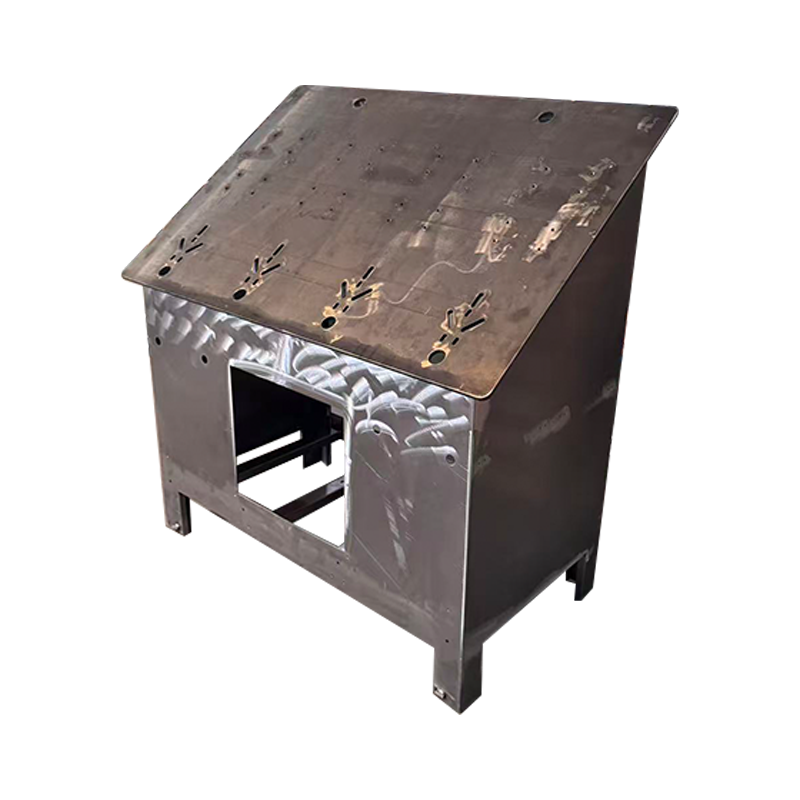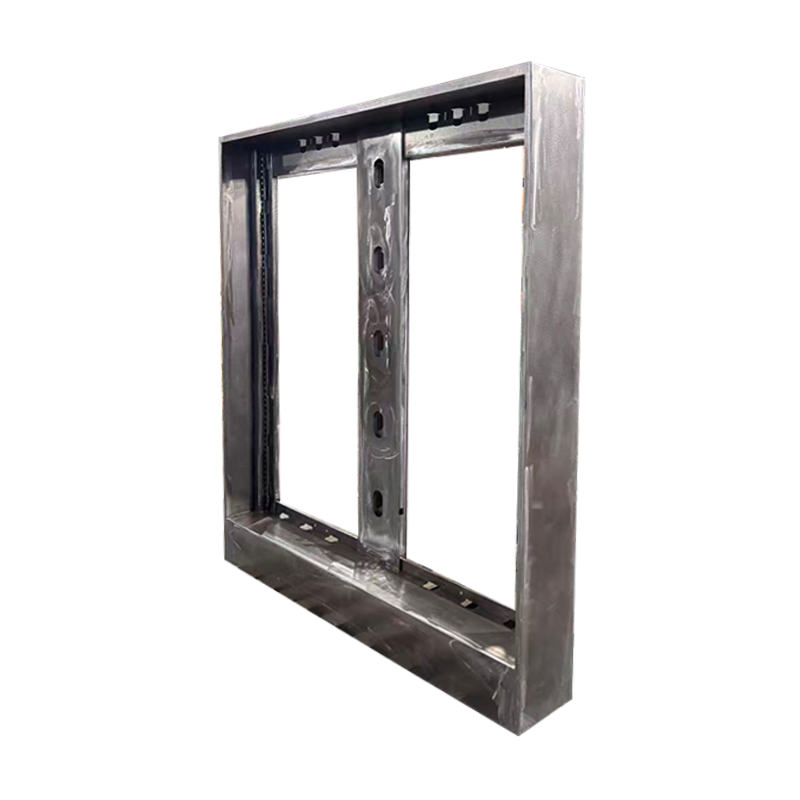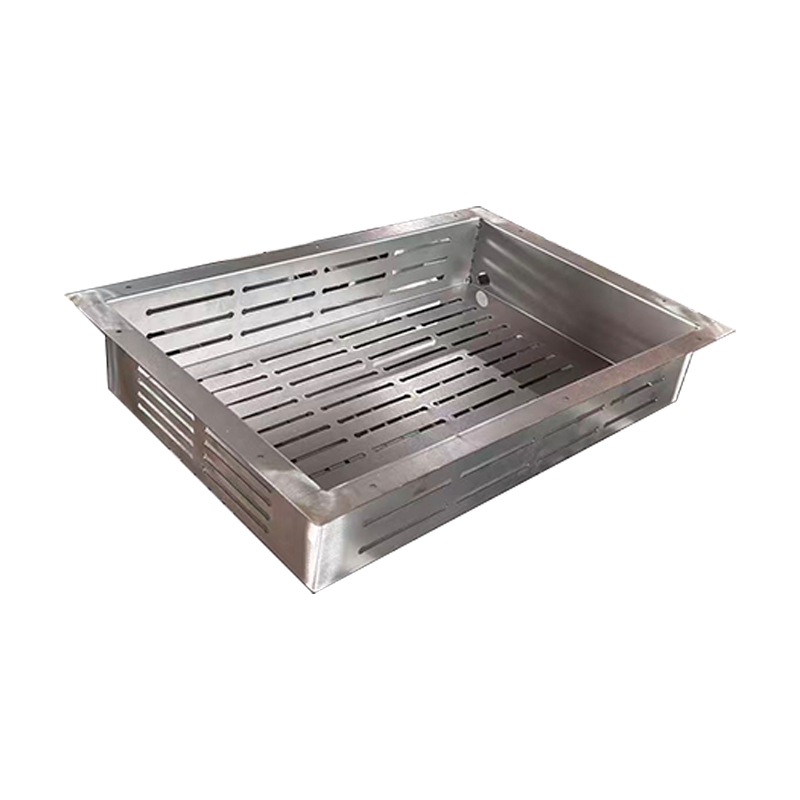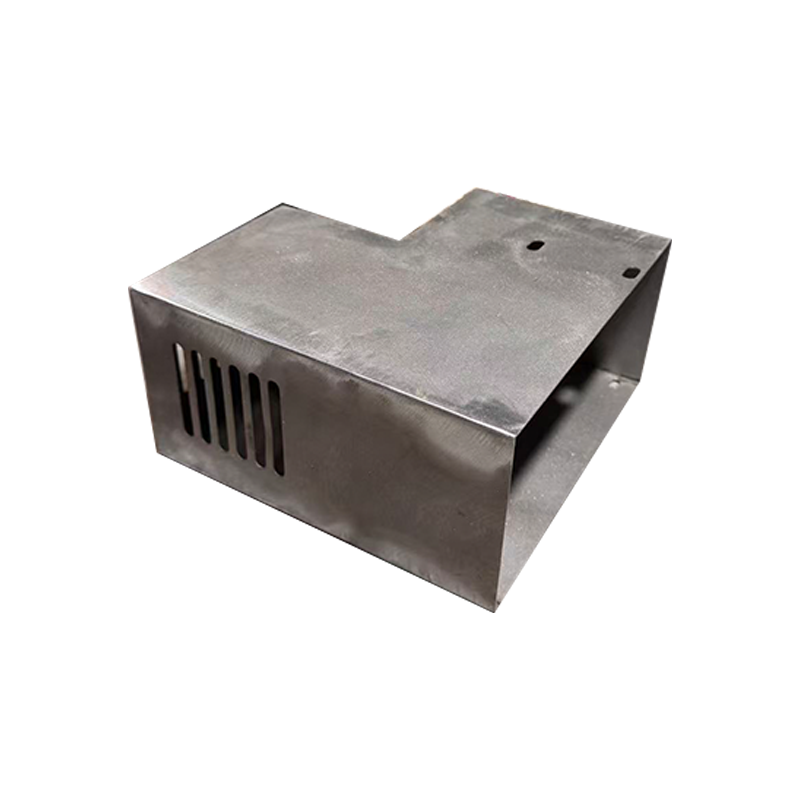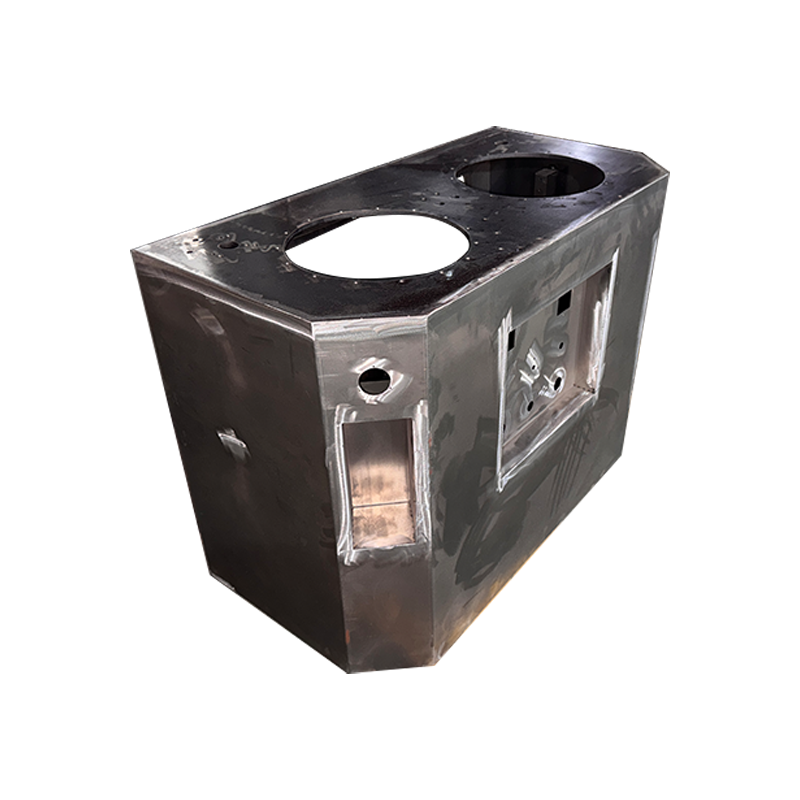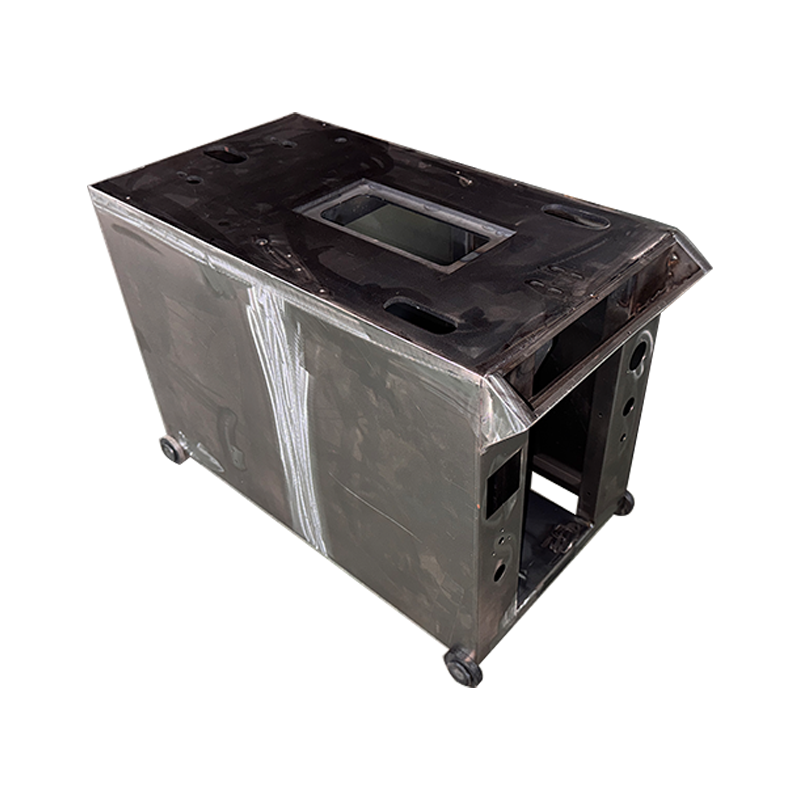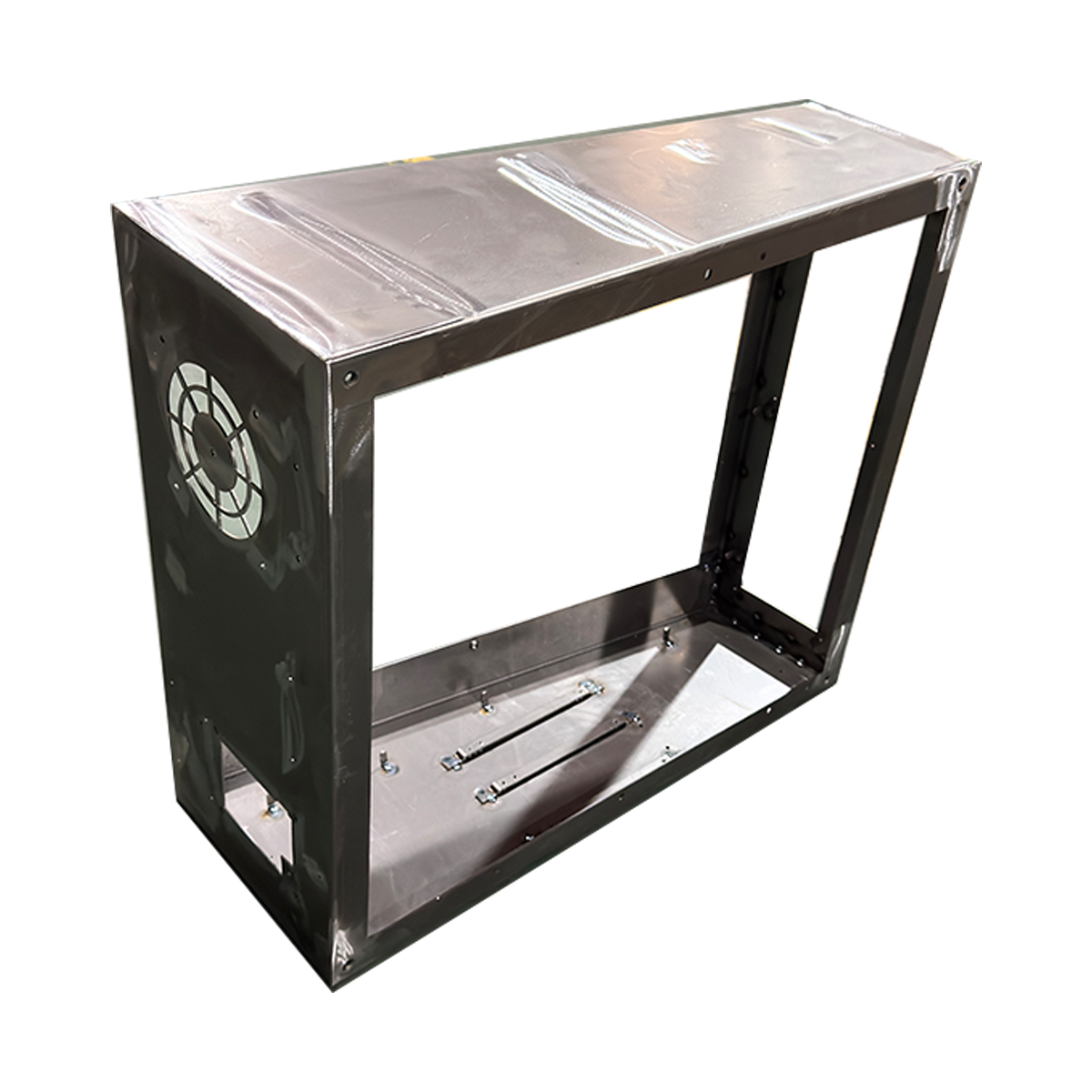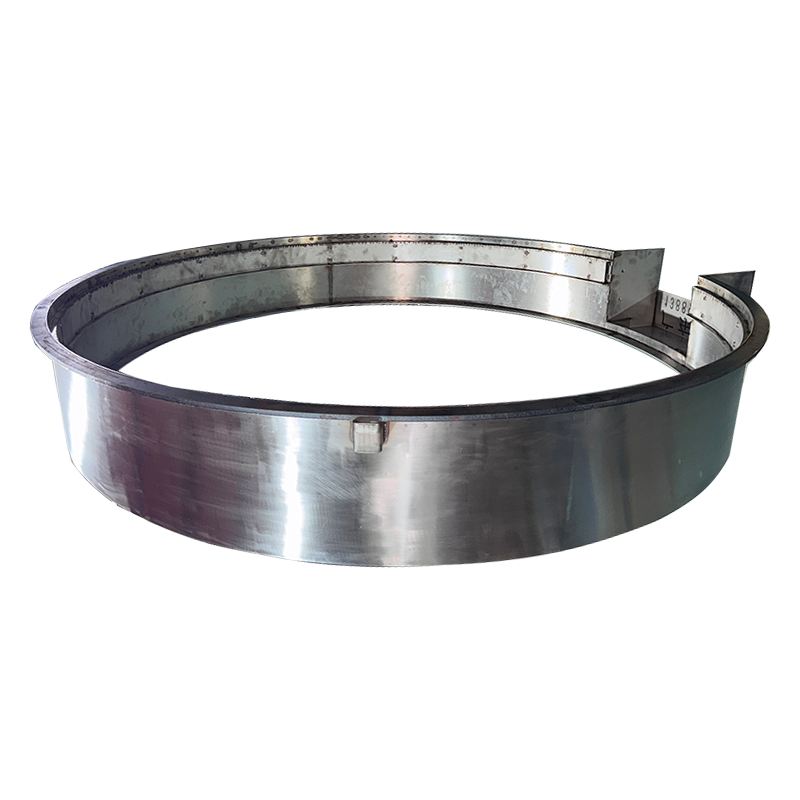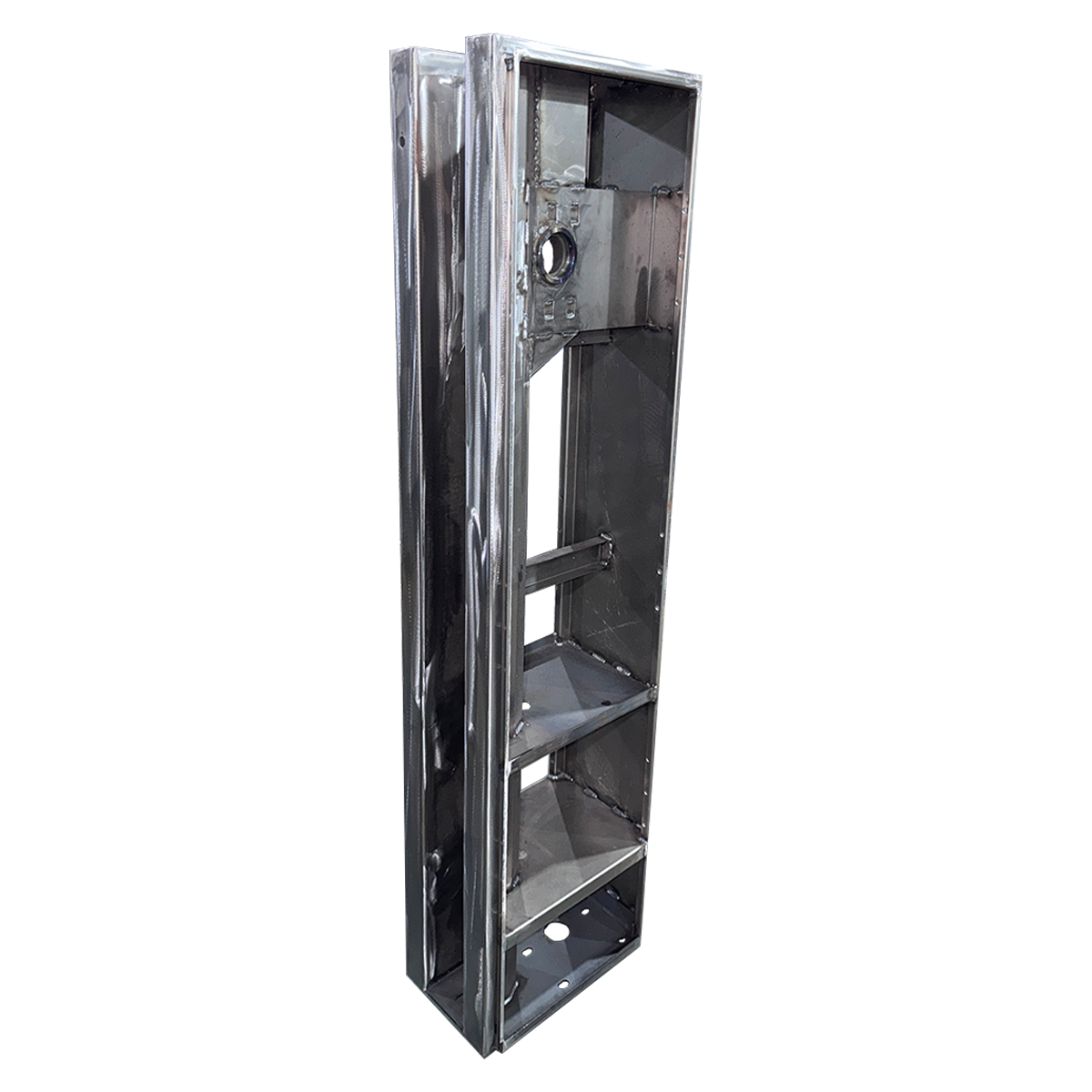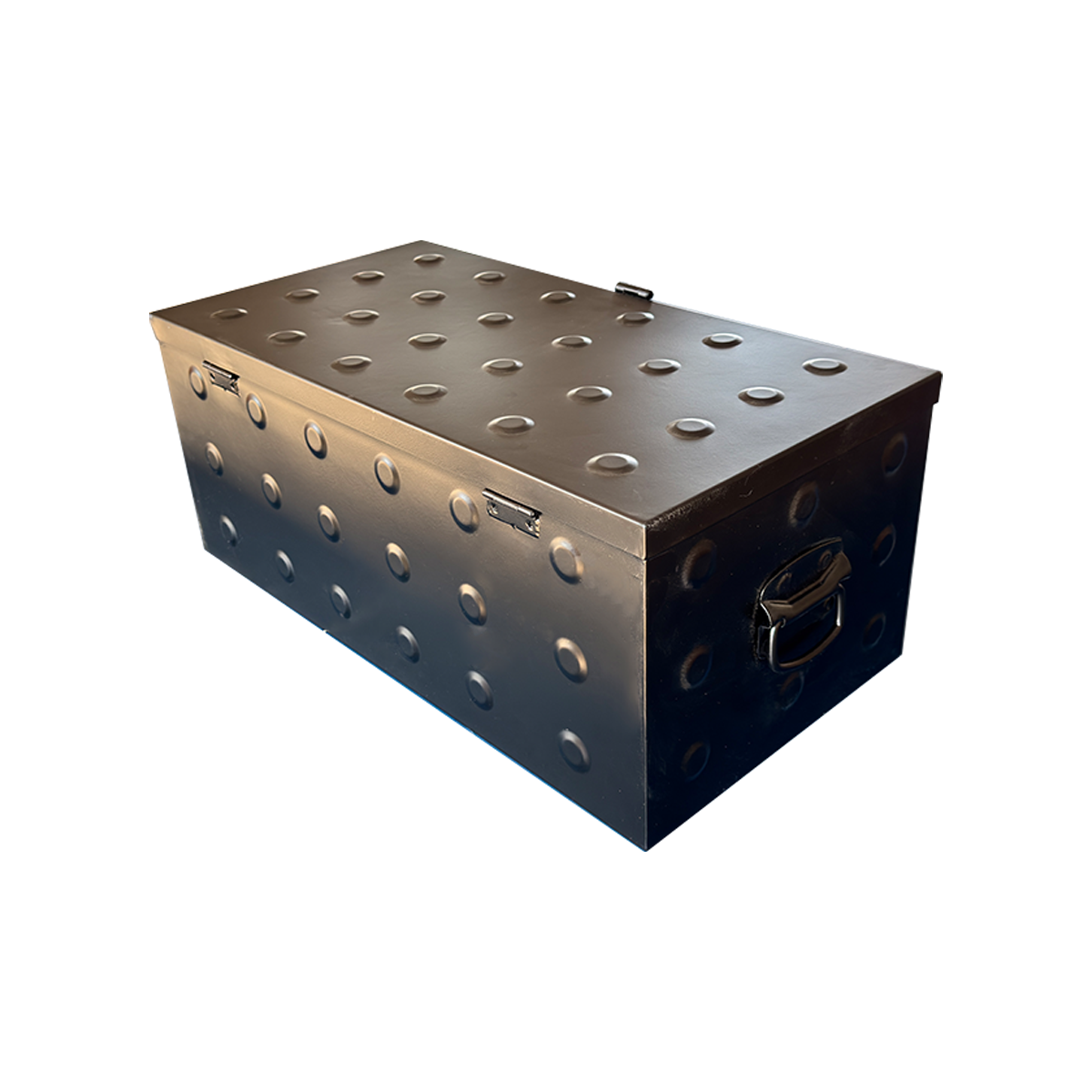Among the various links in sheet metal processing, the bending process is like a "shaping master". Through precise angle control and forming technology, it transforms flat metal sheets into various structural parts needed for breeding equipment and livestock equipment. From the edges of sheet metal enclosures to the curves of sheet metal accessories, the bending process directly affects the assembly accuracy and performance of equipment enclosures, becoming one of the core processes supporting the stable operation of livestock breeding equipment.sheet metal processingsheet metal processingsheet metal processingsheet metal processingsheet metal processingsheet metal processingsheet metal processingsheet metal processingsheet metal processingsheet metal processingsheet metal processingsheet metal processingbreeding equipmentbreeding equipmentbreeding equipmentbreeding equipmentlivestock equipmentlivestock equipmentlivestock equipmentlivestock equipmentlivestock equipmentlivestock equipment
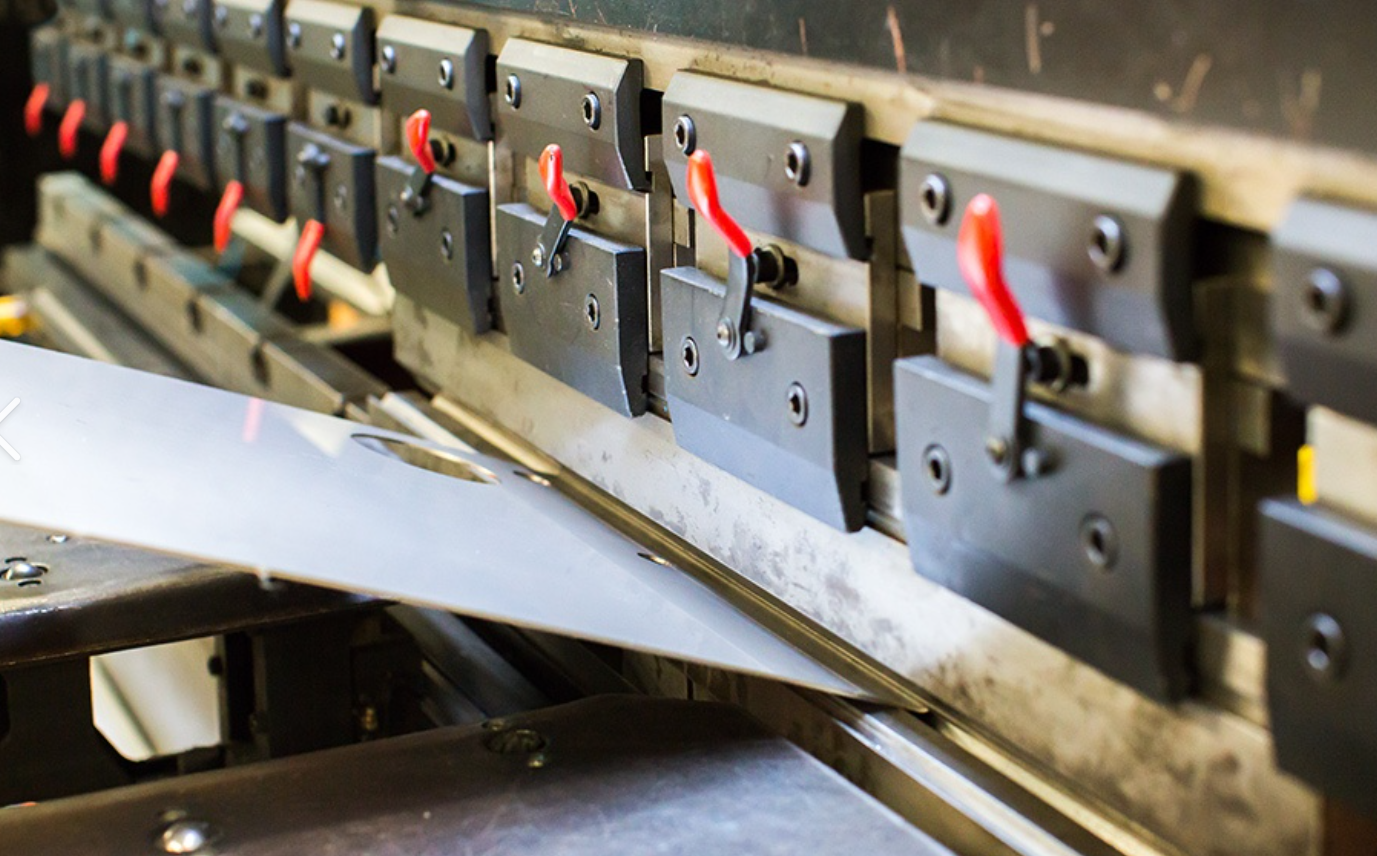
I. Core Value of Bending Process: Precise Transformation from Plane to Stereo
The essence of the bending process is to use a CNC bending machine to apply external force to the metal sheet, making the sheet produce plastic deformation at the preset bending line, thereby obtaining a specific angle, radian or three - dimensional structure. In the production of livestock equipment, the value of this process is reflected in three dimensions:breeding equipmentbreeding equipmentbreeding equipmentbreeding equipmentbreeding equipmentbreeding equipment
1. Meeting Structural Functionality
Taking the feed trough in breeding equipment as an example, its "U" - shaped trough needs to be formed by precise 90° bending. The slight arc design at the bottom (usually 3° - 5°) depends on the progressive pressure of the bending machine to ensure that the feed can slide naturally and not easily remain. The right - angle support structure of the sheet metal rack requires the bending angle error to be controlled within ±1°, otherwise, it will lead to unbalanced load - bearing of the rack and affect the overall stability of the livestock equipment.
2. Ensuring Assembly Accuracy
The joints of the equipment enclosure often need to be closely connected through the "edge" or "flange" structure formed by bending. For example, if the height deviation of the edge bending of the sheet metal enclosure of the intelligent temperature control box exceeds 0.5mm, the cover plate may not be sealed, which will affect the dustproof and waterproof performance of the equipment - this is particularly critical in a humid breeding environment. The high precision of the bending process provides a basis for the modular assembly of the processing enclosure.sheet metal enclosuressheet metal enclosuressheet metal enclosuressheet metal enclosuressheet metal enclosuressheet metal enclosuressheet metal enclosuressheet metal enclosuressheet metal enclosuressheet metal enclosuressheet metal enclosuressheet metal enclosuresbreeding equipment
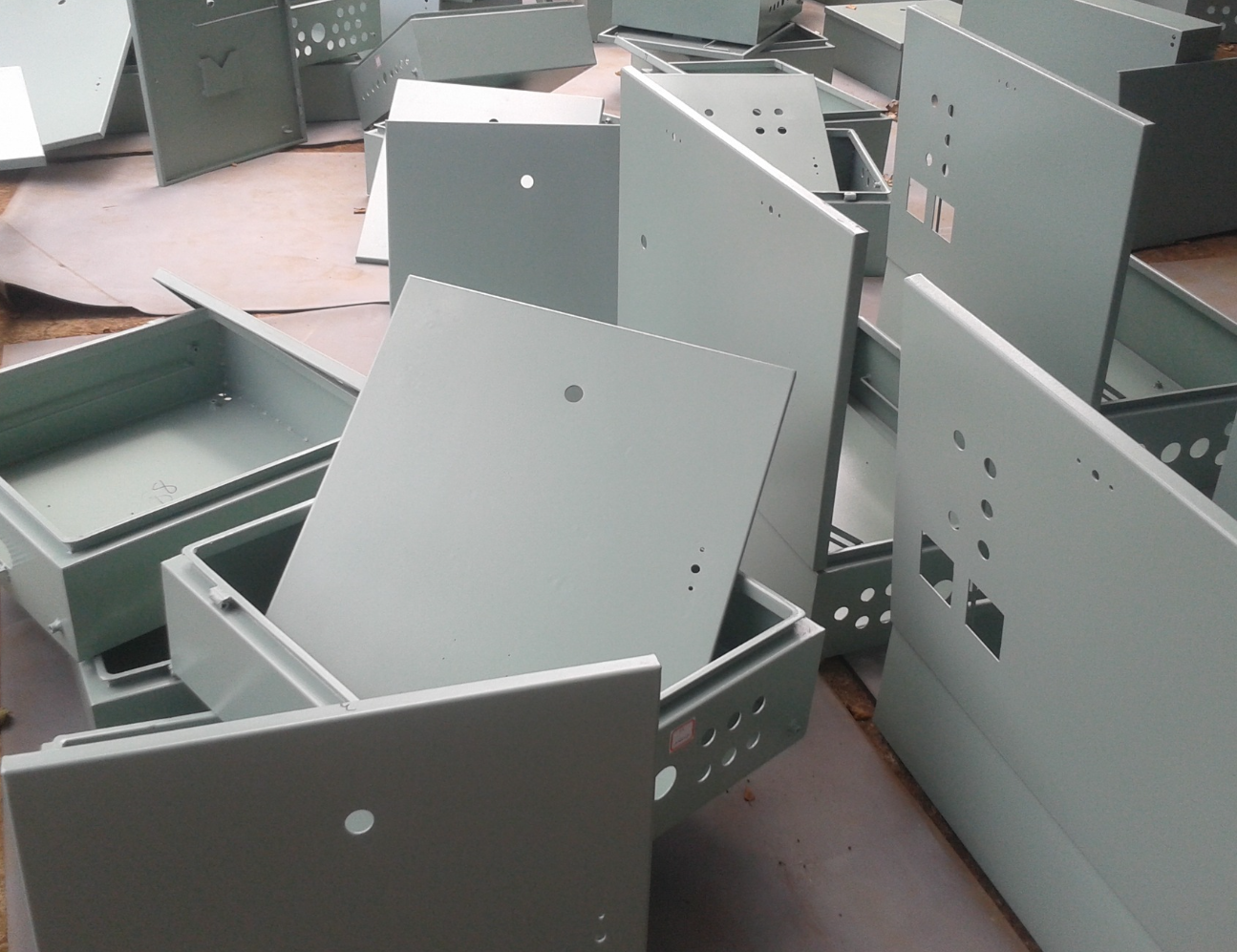
3. Optimizing Material Utilization
Compared with welding and splicing, the bending process can reduce the number of parts through integral forming and reduce material loss. After the bending process is adopted for the guardrail component of a certain farming equipment, the material utilization rate of a single component is increased from 65% to 82%, and the deformation risk caused by welding is avoided, which indirectly prolongs the service life of the sheet metal accessories.sheet metal racksheet metal racksheet metal racksheet metal racksheet metal racksheet metal racksheet metal racksheet metal racksheet metal racksheet metal racksheet metal racksheet metal racksheet metal racksheet metal racksheet metal racksheet metal racksheet metal racksheet metal racksheet metal rack
II. Typical Application Scenarios of Bending Process in Livestock Equipment
From basic accessories to complex enclosures, the bending process runs through many links in the production of livestock equipment, and its technical details vary according to product requirements:
1. Bending and Forming of Sheet Metal Enclosure
For the control cabinet enclosure in breeding equipment, the bending process needs to handle multiple processes: first, reserve the bending line through laser cutting, then use a CNC bending machine to complete 4 90° bends in turn to form a rectangular frame; finally, perform "edge rolling" treatment on the corners (bend the edges into an arc shape) to prevent operators from being scratched by sharp edges. The bending accuracy of such enclosures is extremely high, and the diagonal error must be controlled within 2mm to ensure the smooth installation of internal electrical components.
2. Special - Shaped Bending of Sheet Metal Accessories
In the material pipe bracket of the automatic feeding system, special - shaped sheet metal accessories such as "Z" - shaped and "L" - shaped are often needed. These structures are realized by the "multi - station continuous bending" function of the bending machine. For example, a certain bracket needs to be bent 30° first to form an inclined surface, then bent 60° in the opposite direction to form a fixed seat. The whole process is preset by the program parameters to ensure the angle consistency of each batch of accessories and avoid the unsmooth feed delivery caused by the deviation of the bracket inclination angle.
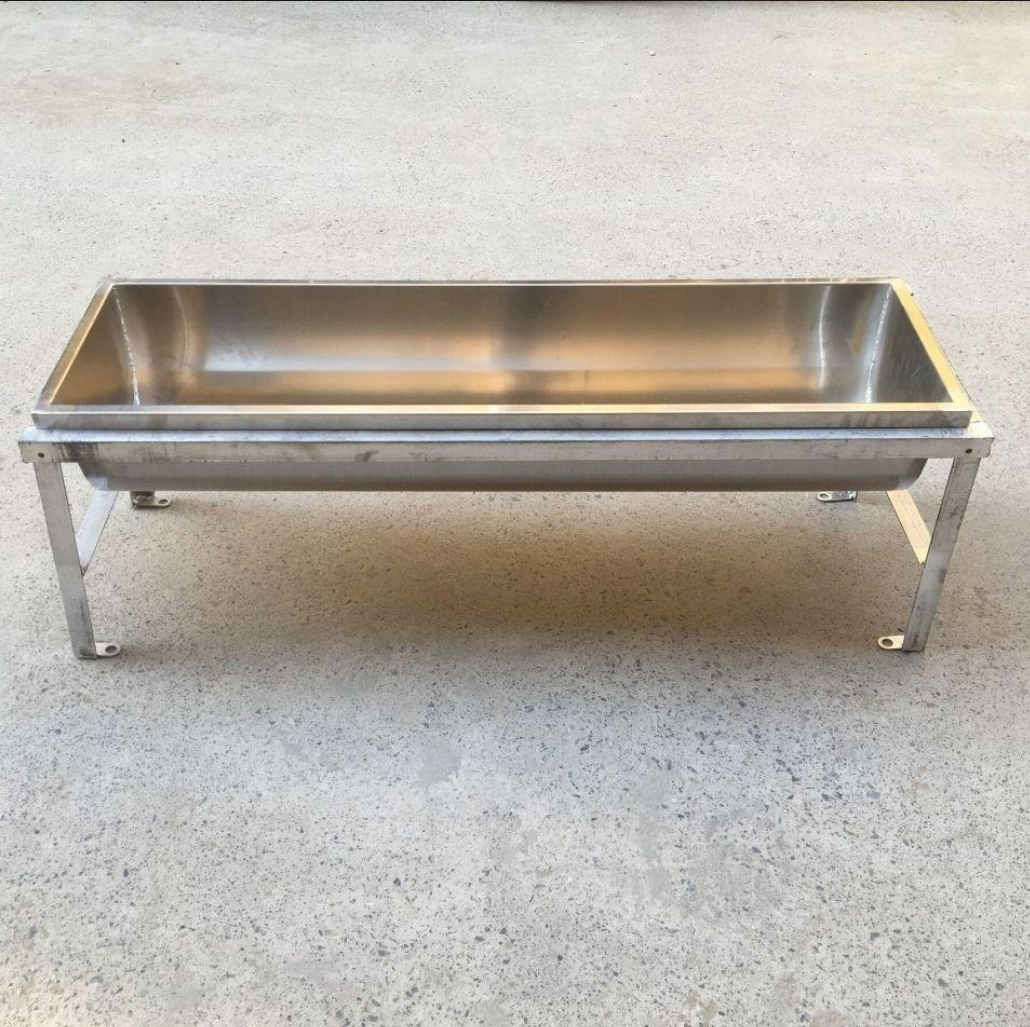
3. Special Treatment of Equipment Enclosure
For the enclosures of livestock equipment that need to withstand high - frequency vibration (such as fan shields), the bending process will be combined with the "reinforcing rib" design - bending uniform convex stripes on the surface of the sheet to enhance the anti - deformation ability of the enclosure by changing the stress structure of the material. This process increases the impact strength of the shield by 40%, which can effectively resist accidental collisions during breeding.
III. Quality Control of Bending Process: Double Guarantee of Technology and Experience
To achieve the accuracy of the bending process, strict control is required from three aspects: equipment, parameters and operation:
1. Equipment Selection and Debugging
CNC bending machines are mostly used in production, and their tonnage needs to be matched according to the thickness and material of the sheet. For example, a 63 - ton bending machine is needed to bend 2mm thick galvanized steel plates (often used for farming equipment enclosures) to ensure uniform bending force and not easy to crack. During equipment debugging, it is necessary to calibrate the mold gap through "test bending" to avoid sheet rebound caused by too large a gap or surface scratch caused by too small a gap.
2. Setting of Key Parameters
Bending angle, bending radius and sheet thickness are the three core parameters. Taking the door shaft bending of livestock equipment as an example, if a 1mm thick stainless steel plate is used, the bending radius should be ≥1mm (to avoid fracture), and the angle should be accurate to 90°±0.5° (to ensure the door can open and close smoothly). For materials with poor ductility (such as high - carbon steel), preheating treatment is needed to reduce the difficulty of bending and prevent creases or fractures.
3. Operators' Process Experience
Although CNC equipment has realized automatic bending, the production of complex structural parts still depends on the experience of operators. For example, sheet metal accessories with "dead edges" (that is, the distance between the two planes after bending is extremely small) need to first reduce the sheet stress through the "edge pressing" process, then bend step by step to avoid deformation caused by one - time bending. Experienced operators can judge whether the process is normal by observing the color change of the sheet (when heated) or listening to the bending sound.
IV. Development Trend of Bending Process: Helping Upgrade Livestock Equipment
With the development of livestock equipment towards intelligence and lightweight, the bending process is also constantly innovating:
As the "soul process" of sheet metal processing, the bending process, with its accuracy and flexibility, continues to provide support for the high - quality production of breeding equipment and livestock equipment. From the radian of the feed trough to the edges of the control cabinet, every bend carries the pursuit of breeding efficiency and equipment durability, becoming an important link connecting sheet metal processing and the livestock industry.





